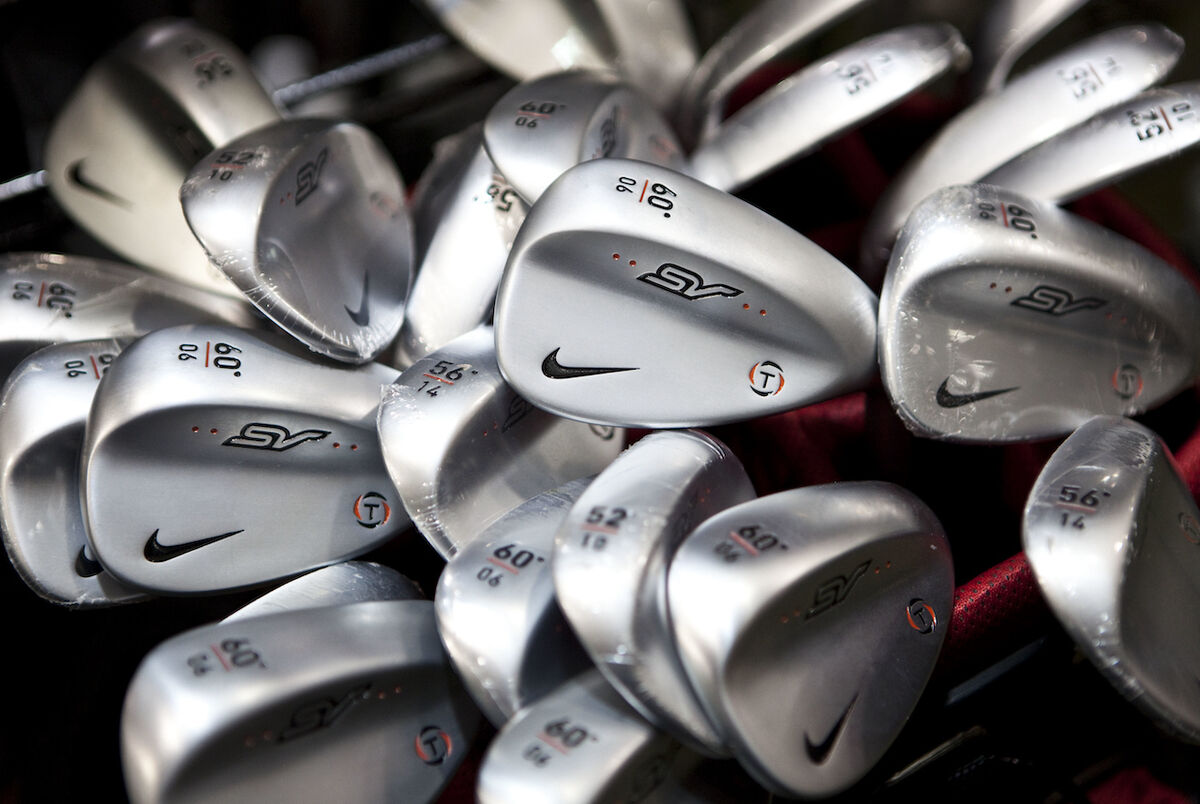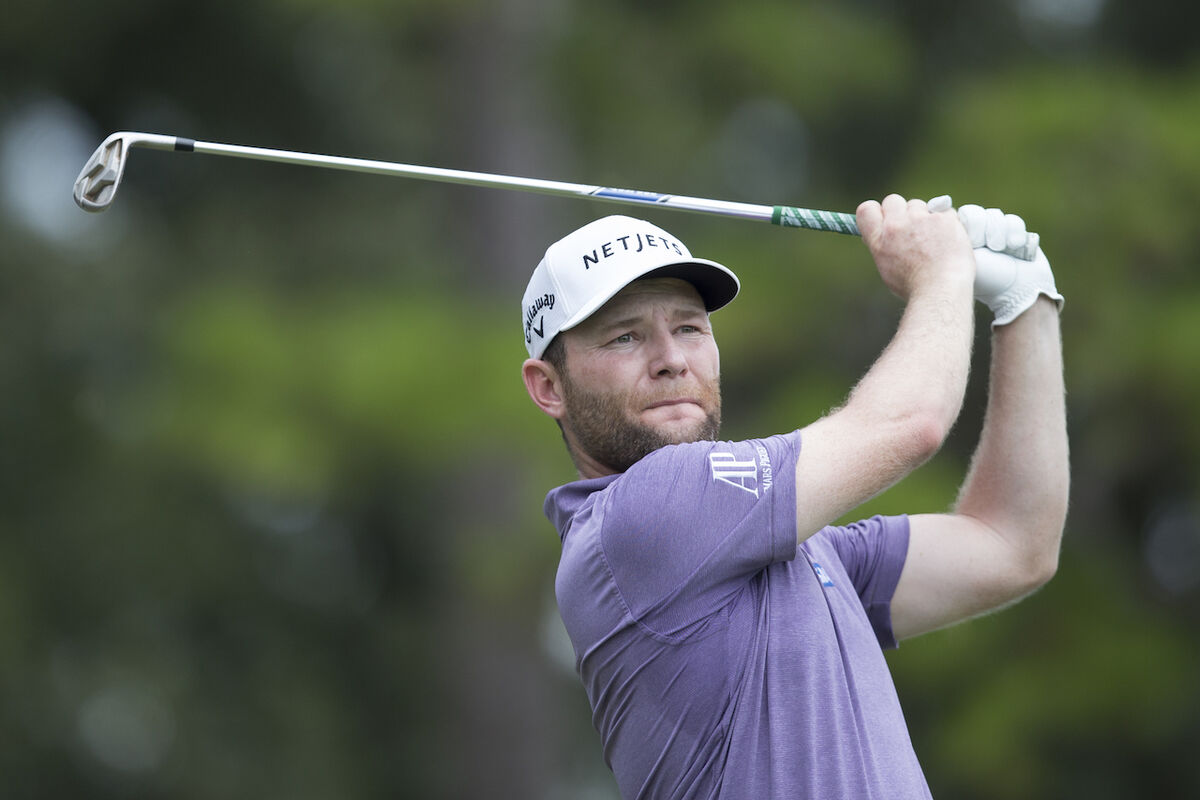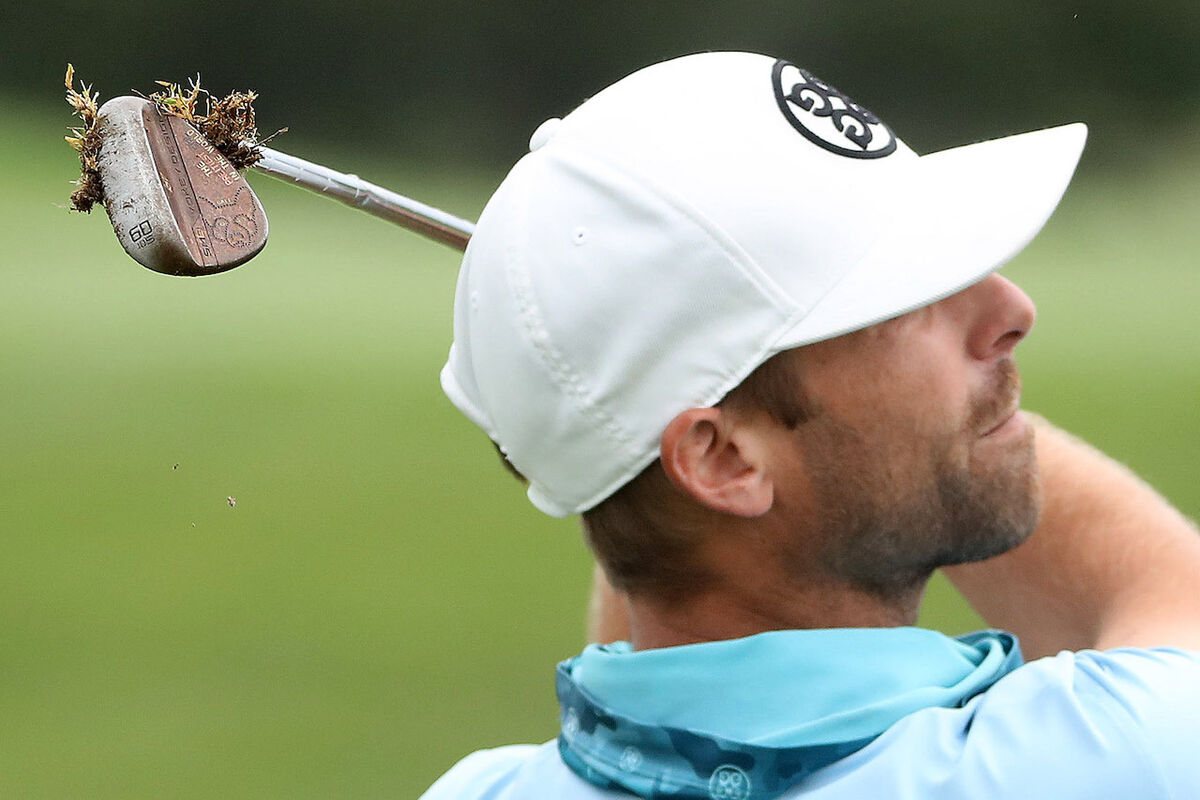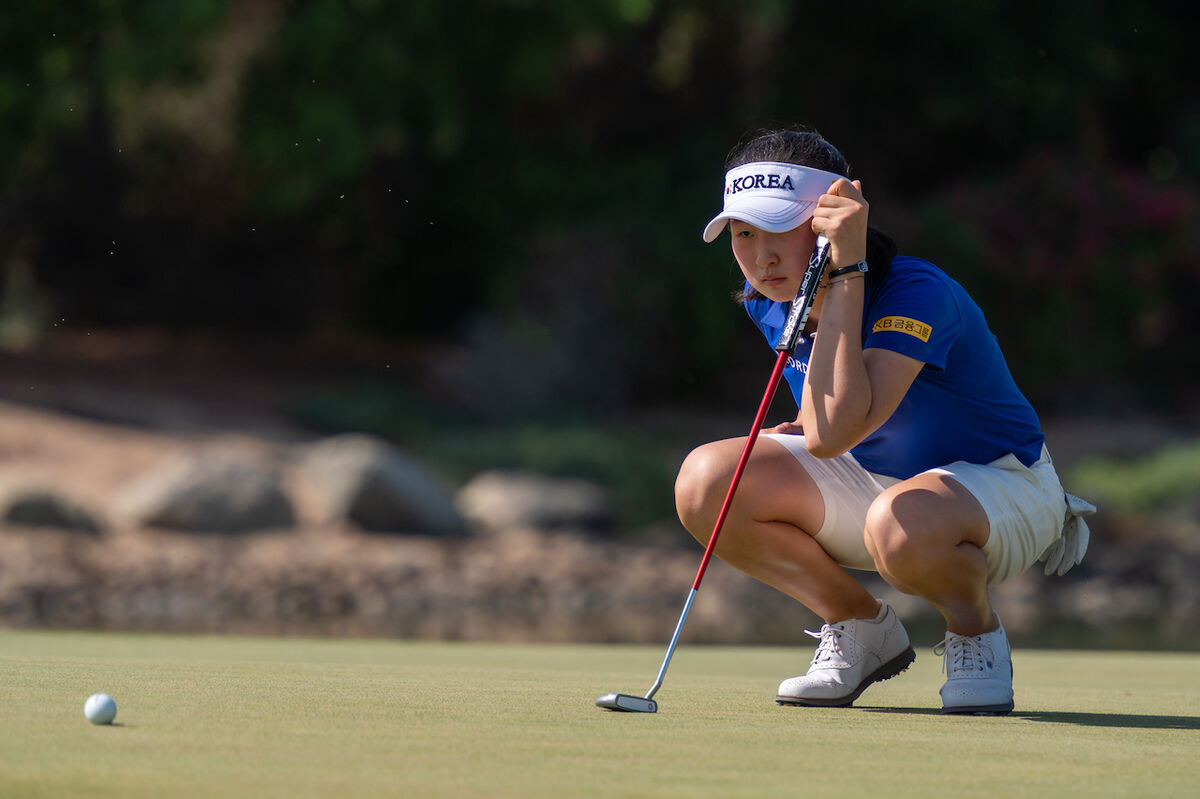Simplified Guide to Buying Golf Clubs

You’re looking for a set of golf clubs. You’ve made that decision, but now for the hard part. What clubs should you buy? How much should you spend? What’s good and what’s not? You have a lot of questions and this simplified guide will answer them. After all, golf clubs are an investment and you should rest assured your money is well spent.
If this is your first set of golf clubs, here are all of the clubs that you’ll need to complete the 14 clubs that go into your bag.
Driver

The longest club in your bag as far as actual length and how far you are supposed to hit it. The largest driver head you can purchase is 460cc, and most people just getting into the game should be looking to purchase a driver that’s been made in the last years.
Your driver is important because it sets you up for success on most holes. A good tee shot leads you to easier approach shots to the green. Having a driver that is very forgiving will be an asset to anyone in the beginning stages of golf.
Finding the perfect driver for your game is like finding the right vehicle for your lifestyle. A minivan or SUV that fits a family of five in New England might not be the best option for a bachelor with a long commute in Texas. Similarly, a beginner who fights a slice will need a different driver than a top-level amateur or aspiring professional player.
Drivers made for beginners and high-handicap players promote extreme forgiveness and high launch, helping players who don't always hit the center of the club face, or need help getting the ball in the air. Intermediate drivers are often adjustable, meaning you can adjust the loft and shot shape bias. Players drivers are intended for more advanced, single-digit handicap players, and boast higher speed and a more penetrating ball flight, and usually have a smaller sweet spot.
There is an entire category of drivers for people that want less spin. These will be for players with higher swing speeds, and overall, more advanced players. There are also driver specifically designed to fight the most common miss in golf, the slice. If you fight a slice, a draw-bias driver is a good option for you.
Expect to pay anywhere from $300-$500 for a brand new, name-brand driver.
Fairway Woods

Also referred to as “fairway metals,” fairway woods are the next step in your golf bag down from your driver. Depending on your distance, they are played for your second shot on a par 5 or par 4. Fairway woods can also be used on the tee box when driver brings trouble into play or is simply not behaving.
The most common fairway woods are 3 woods and 5 woods, and if you’re building your new set of clubs you should consider purchasing both. They can match your driver or not, as long as you hit them well. Beyond 3 and 5, you can also find 4 and 7 woods, although they are not as common as they once were.
Like with drivers, there are a few different types of fairway woods. Much like drivers, fairway woods designed for beginners or high-handicappers fall into the game-improvement category and are extremely forgiving, high launching, and lightweight. Intermediate fairway woods may be adjustable in loft, meaning a 15 degree 3 wood could be adjusted up or down 1.5-2 degrees depending on the manufacturer. Players fairway woods are smaller than standard fairway woods. Golfers who play these are typically lower handicap players who consistently hit the ball on the sweet spot.
A new fairway wood will cost around $200 or more, each.
Hybrids

Hybrids, which can also be referred to as utility or rescue clubs, came into popularity in the late 1990s as a substitute for your long irons, which are notoriously difficult to hit. For instance, a 3 hybrid is supposed to replace a 3 iron, 4 hybrid for a 4 iron, and so on. Hybrids are built similar to fairway woods, but incorporate aspects of irons.
Popular hybrid lofts are 19 (3), 22, (4), and 25 (5). However, depending on the manufacturer you can find hybrids ranging from 17 degrees and up.
Hybrids can be played just about anywhere on the golf course from the tee box to the fairway and rough. They can also get you out of trouble spots on the golf course.
Hybrids could fall into the game-improvement or players categories. Advanced players who are looking for more club head and ball speed and don't need a large sweet spot should look in the players category, while slower swingers who want good results, even on mis-hits, should consider the game-improvement category.
A new hybrid costs around $200 or more, each.
Irons

Finding the perfect set of irons might be the hardest part of your buying process. Pinpointing the set of irons that fit your game is crucial and will allow you to play better golf.
Iron sets could include 4 iron-pitching wedge, 5iron-gap wedge, or may even incorporate one or two hybrids. Every iron has a different loft and length to allow you to hit a wide range of distances. As the number gets higher, the loft also increases while the length of the club decreases. This ensures that the lower irons travel farther while shorter irons fly higher and pack some stopping power on the greens.
There are many different categories when it comes to irons.
Game Improvement Irons
Game improvement irons are intended for beginners and intermediate players. Sometimes abbreviated at GI irons, they launch high, are forgiving, and have a wide sole. They are designed to cut through the rough easily and make the game easier. Game improvement irons are normally cavity back, cast irons.
Player’s Irons
Players irons are an asset to advanced players with higher swing speeds who consistently strike the ball in the center. Players irons are typically blades or muscle back, and are often forged. They launch lower, impart increased spin and hold greens well.
Hybrid Irons
Certain club makers cater to players who like hybrids by offering complete hybrid sets. Aside from the normal 3, 4, and 5 hybrid, a set will run all the way up to a pitching wedge or sand wedge, all with hybrid construction.
A new set of irons costs between $700-$1,200 or more.
Wedges

Wedges are the shortest clubs in your bag and are designed for your shortest approach shots as well as chipping around the greens and sand shots. Wedge technology has come a long way and more players are finding it beneficial to have an additional wedge in their bag as opposed to an extra hybrid or fairway wood.
A set of irons normally includes a pitching wedge and possibly a gap wedge. Beyond that, wedge offerings include a sand wedge and a lob wedge, which is the highest-lofted wedge.
Wedge lofts start around 46 degrees and range all the way up to 64 degrees, although many experts will note that anything above 60 degrees for an amateur golfer is too much loft.
A new wedge will cost around $100 or more, each.
Putters

Your putter is the most-used club in your golf bag. Your putter selection should be based on look, feel, and how it fits your putting style.
Putters have different sightlines, which help you align your putt and give feedback as to whether you’re hitting the middle of the face.
The most expensive putters are milled. Milled putters are made from a single piece of metal, and the production cost is much higher. Other putters have an insert in the face, and typically have a softer feel at impact.
Your putter’s length should feel comfortable, but there is no exact guideline for putter length. You shouldn’t be hunched over too much, but you should also not have to grip the putter on the shaft because it’s too long.
There are a ton of different putter designs and shapes, but for the sake of simplicity, here are the most common two.
Blade Putters
Blade putters have a traditional narrow club head shape. Blade is the most common style of putter. Most golfers will start with a blade as they are easy to align and have a very familiar look to them. Every manufacturer offers its own version of a blade putter. Blade putters tend to benefit people with more arc in their putting stroke.
Mallet Putters
Mallet putters have larger head designs, larger sightlines, and are more forgiving than blade putters based on their MOI and design. Mallet putters come in a wide variety of shapes and sizes and they benefit players with less arc in their stroke and more of a straight back, straight through stroke.
A new putter can cost around $150-$400 or more.
Conclusion
When purchasing your set of golf clubs, keep a budget in mind. It’s very easy to spend beyond your budget with so many great options available from club makers. Also, be sure you are buying clubs that you feel good about, not clubs that are just marketed well.
Most importantly, get fit for your new clubs. Consult your local golf retailer and be sure you are working with a certified club fitter to help get you on the right track.